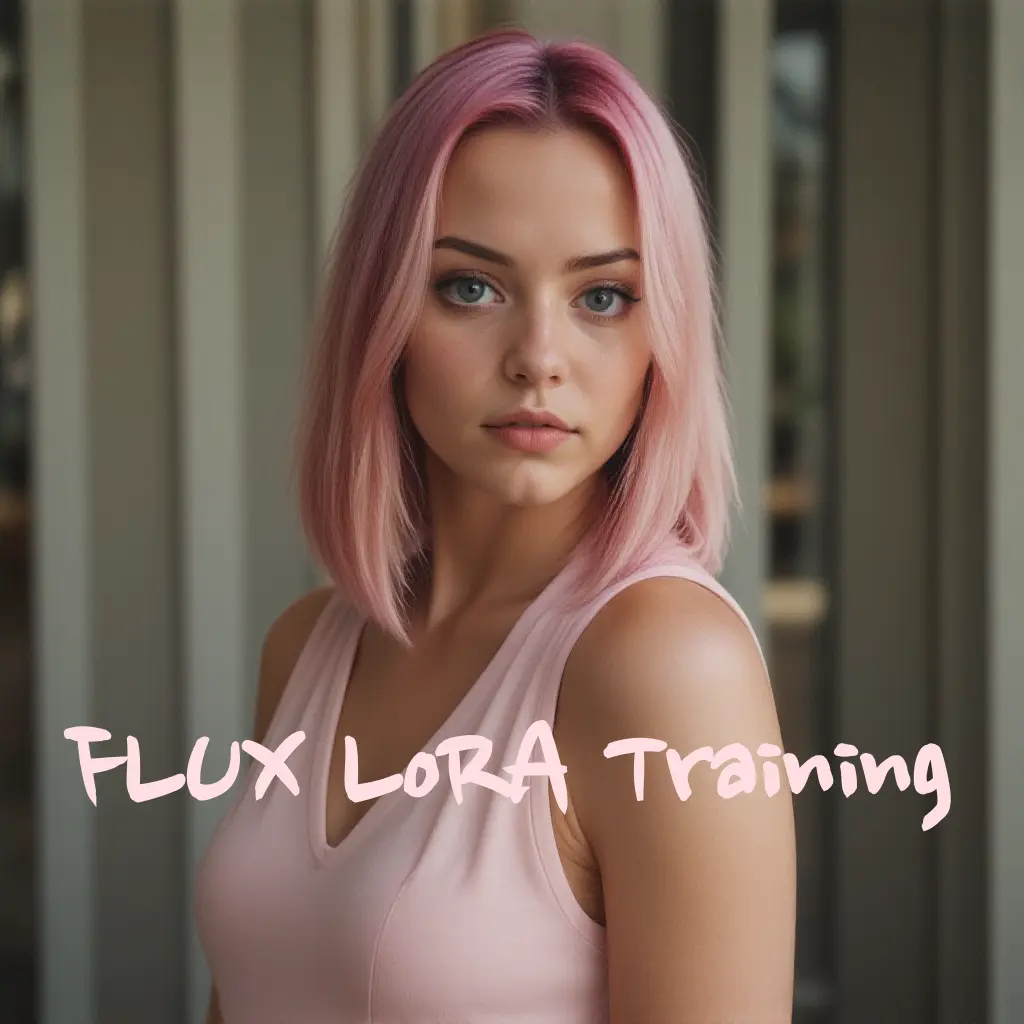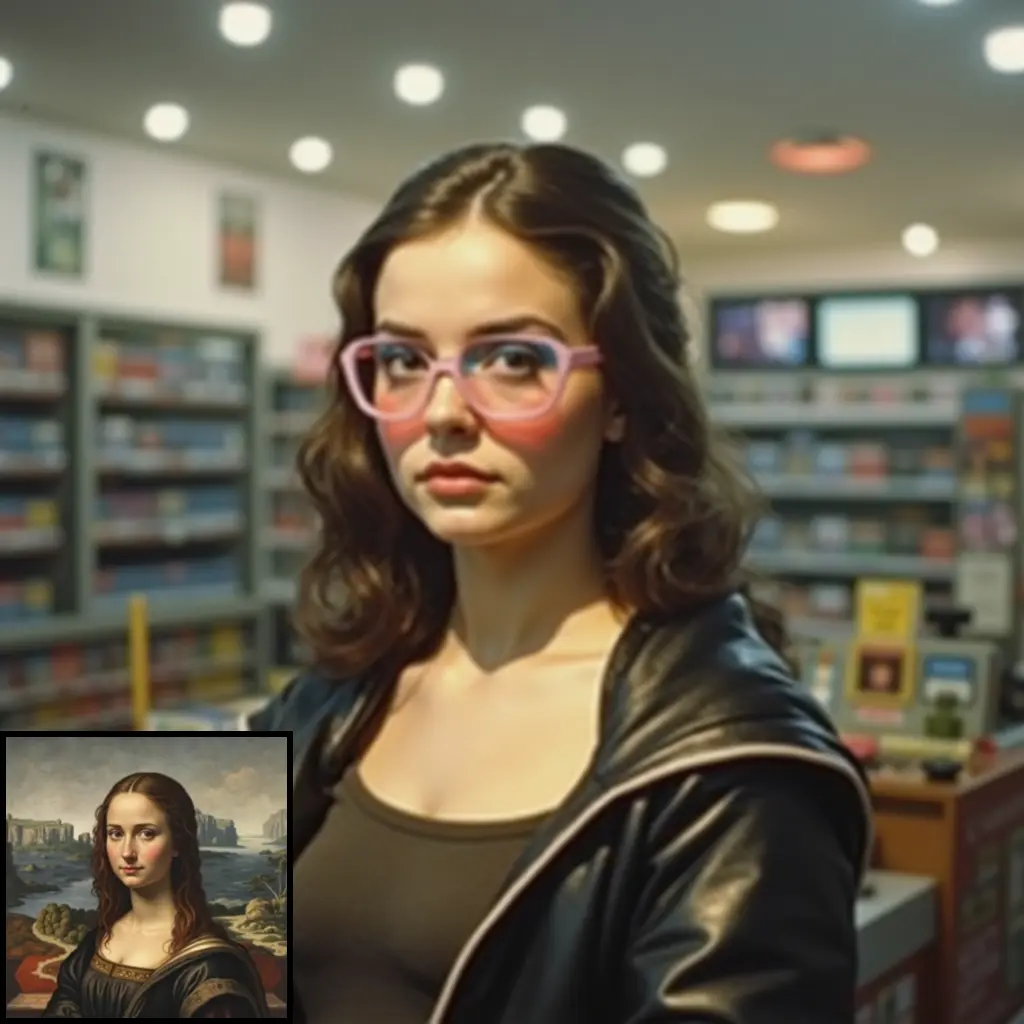ComfyUI Node: Image SSAO (Ambient Occlusion)
Image SSAO (Ambient Occlusion)
CategoryWAS Suite/Image/Filter
WASasquatch (Account age: 4910days) Extension
WAS Node Suite Latest Updated
2025-03-27 Github Stars
1.44K
How to Install WAS Node Suite
Install this extension via the ComfyUI Manager by searching for WAS Node Suite- 1. Click the Manager button in the main menu
- 2. Select Custom Nodes Manager button
- 3. Enter WAS Node Suite in the search bar
Visit ComfyUI Online for ready-to-use ComfyUI environment
- Free trial available
- 16GB VRAM to 80GB VRAM GPU machines
- 400+ preloaded models/nodes
- Freedom to upload custom models/nodes
- 200+ ready-to-run workflows
- 100% private workspace with up to 200GB storage
- Dedicated Support
Image SSAO (Ambient Occlusion) Description
Enhance image realism with depth and shadow details through simulated light interactions in a 3D environment.
Image SSAO (Ambient Occlusion):
Image SSAO (Screen Space Ambient Occlusion) is a node designed to enhance the realism of your images by simulating the way light interacts with surfaces in a 3D environment. This technique adds depth and shadow details to your images, making them appear more lifelike. By using depth information and applying occlusion effects, the node creates subtle shadows in crevices and areas where light would naturally be obstructed. This results in a more dynamic and visually appealing image, especially useful in AI-generated art where depth and realism are crucial. The node also offers options for specular masking, which helps in managing reflections and highlights, further enhancing the overall quality of the image.
Image SSAO (Ambient Occlusion) Input Parameters:
images
This parameter accepts a list of images that you want to process for ambient occlusion. Each image should be in a tensor format. The quality and resolution of these images will directly impact the final output.
depth_images
This parameter takes a list of depth images corresponding to the input images. Depth images provide the necessary depth information required to calculate occlusion. Ensure that the depth images align correctly with the input images for accurate results.
strength
This parameter controls the intensity of the ambient occlusion effect. A higher value will result in more pronounced shadows and depth, while a lower value will produce a subtler effect. The default value is 1.0, with a typical range from 0.0 to 2.0.
radius
This parameter defines the radius within which the occlusion effect is calculated. A larger radius will consider a broader area for occlusion, resulting in softer shadows, while a smaller radius will produce sharper shadows. The default value is 30, with a typical range from 1 to 100.
ao_blur
This parameter applies a Gaussian blur to the occlusion effect, helping to smooth out the shadows and make them appear more natural. The default value is 5, with a typical range from 0 to 10.
specular_threshold
This parameter sets the threshold for specular highlights. Pixels with intensity above this threshold will be considered as specular highlights and can be masked if specular masking is enabled. The default value is 200, with a typical range from 0 to 255.
enable_specular_masking
This boolean parameter enables or disables specular masking. When enabled, it helps in managing reflections and highlights by masking out specular areas. The default value is False.
tile_size
This parameter determines the size of the tiles used for processing. A smaller tile size will result in higher quality but may take longer to process. The default value is 1, with a typical range from 1 to 10.
Image SSAO (Ambient Occlusion) Output Parameters:
composited
This output provides the final composited image with the ambient occlusion effect applied. It combines the original image with the calculated occlusion to produce a more realistic and depth-enhanced result.
occlusions
This output provides the occlusion map, which is a grayscale image representing the areas of occlusion. This map can be used for further processing or as a mask in other image editing tasks.
speculars
This output provides the specular mask, which highlights the specular areas in the image. This mask is useful for managing reflections and highlights, especially when specular masking is enabled.
Image SSAO (Ambient Occlusion) Usage Tips:
- For best results, ensure that your depth images are accurately aligned with the input images.
- Adjust the strength parameter to find the right balance between subtlety and pronounced shadows.
- Use the ao_blur parameter to smooth out the occlusion effect and make the shadows appear more natural.
- Enable specular masking if your image has significant reflections or highlights that need to be managed.
Image SSAO (Ambient Occlusion) Common Errors and Solutions:
"Depth image not aligned with input image"
- Explanation: This error occurs when the depth images do not correspond correctly to the input images.
- Solution: Ensure that each depth image matches the respective input image in terms of alignment and dimensions.
"Invalid parameter value"
- Explanation: This error occurs when one or more input parameters are set to values outside their acceptable ranges.
- Solution: Check the parameter values and ensure they fall within the specified ranges. Adjust any values that are out of bounds.
"Processing single-threaded AO (highest quality) ..."
- Explanation: This message indicates that the node is processing with a tile size of 1, which is the highest quality setting but may be slower.
- Solution: If processing time is an issue, consider increasing the tile size parameter to speed up the process, though this may reduce quality.
Image SSAO (Ambient Occlusion) Related Nodes
RunComfy is the premier ComfyUI platform, offering ComfyUI online environment and services, along with ComfyUI workflows featuring stunning visuals. RunComfy also provides AI Playground, enabling artists to harness the latest AI tools to create incredible art.


